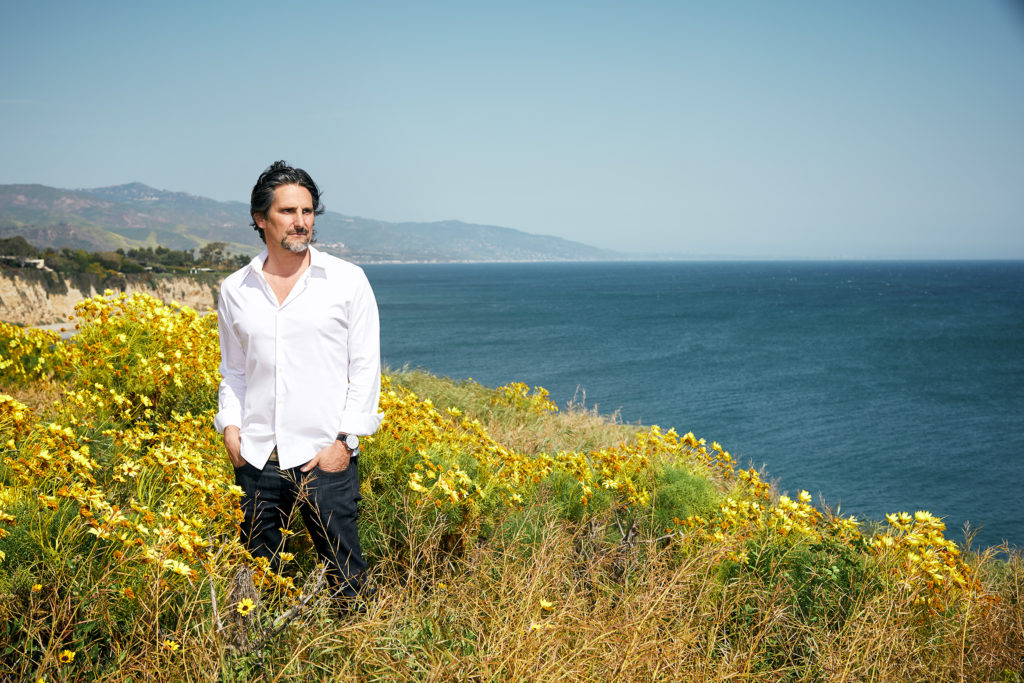
Dear LMU,
My wife and son and I woke up on Nov. 9, 2018, as we do on any other Friday morning — excited for the weekend and in a rush to get our son off to school. We soon realized, however, that this day would not be like any other when went to the kitchen window to fill up our coffee maker and looked out over the hills towards the valley. We saw gigantic smoke plumes rising over the hills and heading straight for us. Within a minute, the phone rang. It was the Malibu emergency robo-call system alerting us, and everyone in the city, to evacuate immediately. During the next 15 minutes, my wife and I simultaneously freaked out, loaded up suitcases with whatever clothing we could, rounded up our son, collected the dogs and left our home thinking we would never see it again. In that brief time, the smoke plume had moved to within a quarter of a mile of our front door. As I struggled to manage my own grief and fear I drew strength in thinking about my patients.
During the next 15 minutes, the smoke plume moved to within a quarter of a mile of our front door.
For the past 25 years I have worked in the field of mental health. In 2001 I became a clinical psychologist and for the past 14 years I have owned health care companies that work exclusively with adolescents who suffer from anxiety, depression and trauma, in a residential treatment setting. Many of the stories are difficult to hear, but the one thing that rings true for most everybody that comes to us is the amazing resilience that these young people show in resurrecting their lives. Kids have gone from being unable to go to school, wanting to kill themselves, acting out on their families, isolating from the world, when, suddenly, in the midst of their darkness, something new and miraculous emerges.
As I write this in March 2019, it has been four months since the Woolsey fire. In Malibu alone, 1,500 structures were destroyed — more than 400 of them homes — costing an estimated $1.6 billion in damages. In all, 97,000 acres burned. The canyons and hillsides looked like the surface of the moon, but black. Three people died.
My family and I were among the luckier ones. When we returned to our house, it was still standing. As we acclimated back into the transformed landscape of our city, we would go more out of our way to see our neighbors. We opened up more. We shared our stories. We mourned. We hugged each other. We all began to heal.
It’s been four months since the Woolsey fire. I’m looking out of my bedroom window at the hillsides, what was once blackness is now covered in green sage and yellow mustard seed. The rabbits, coyotes and hawks have returned. Time and again, my mind returns to the brave adolescents that we work with every day and their parallel journey with this place. Moving from that devastating darkness that they carry with them, to these resurrected souls that we watch emerge. It’s shocking how much healing can take place in a matter of months. I am grateful to witness these changes.
A quarter of a century ago, I walked off the LMU campus as a student. At LMU, I started to learn how to honor the struggles that people experience every day and how to be with them as they move toward resurrection. Today, I bridge the thoughts of my classmates of the past and the patients, friends, neighbors, family and city of Malibu of my present.
Jeff Nalin is a licensed clinical psychologist specializing in work with adolescents and young adults though individual, couples, family and group therapy and chief clinical officer of Paradigm Treatment Centers based in Malibu California.
This article appeared in the spring 2019 issue (Vol. 9, No. 1) of LMU Magazine.
